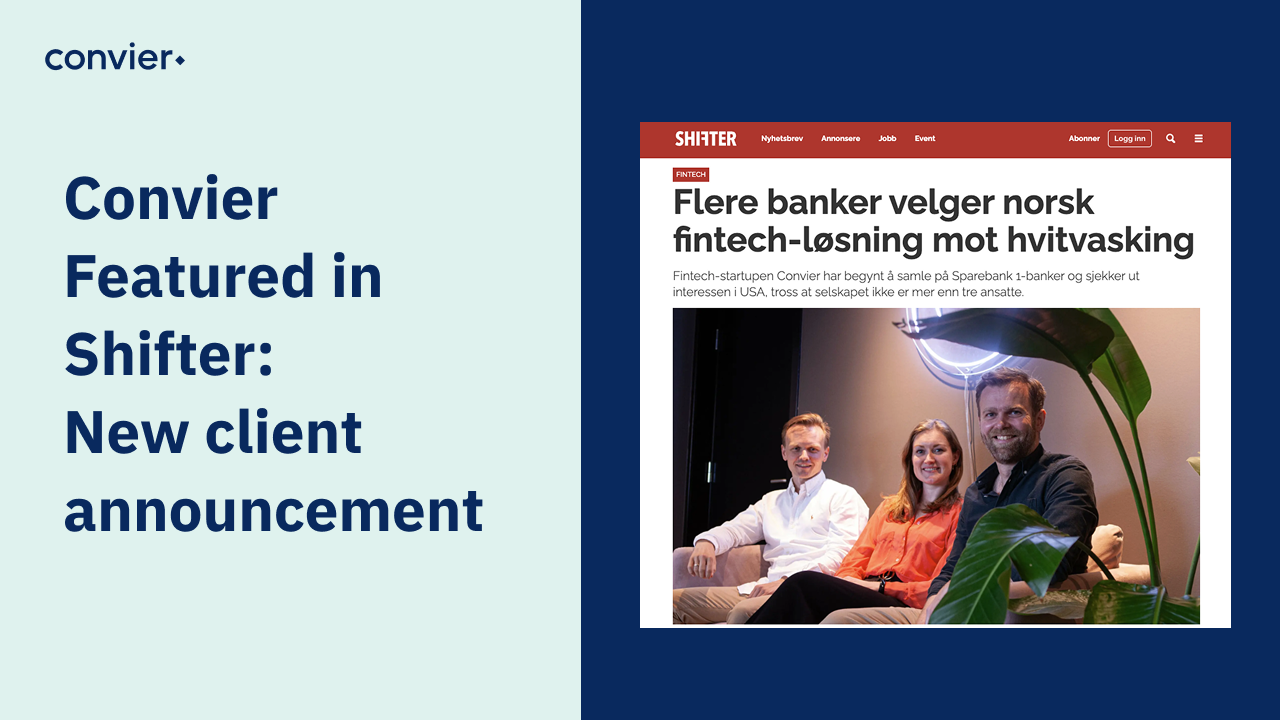Why Banks Shouldn’t Separate Transaction Monitoring and Ongoing Due Diligence
In the world of Anti-Money Laundering (AML) compliance, most banks treat transaction monitoring (TM) and ongoing due diligence (ODD) as separate functions, often managed by different teams. However, this traditional approach is proving to be highly ineffective and inefficient. Let’s dive into why consolidating these two activities can lead to stronger compliance and more efficient operations.
Understanding the Core Requirements
AML regulations mandate that financial institutions take a proactive approach to managing customer risk. Specifically, banks are required to:
- Assess customer risk and conduct due diligence during onboarding
This involves collecting information on the customer, understanding the nature of their business, and determining if they pose a risk of engaging in money laundering or other illegal activities. - Monitor customer activity throughout the relationship
Once a customer is onboarded, their transactions must be continuously monitored to identify any suspicious patterns or activities that may indicate money laundering, fraud, or terrorist financing.
Both tasks are fundamentally about understanding customer risk. Due diligence aims to gather and assess risk-related information, while transaction monitoring looks for activities that either align with or contradict the customer’s known risk profile. So why, then, do so many institutions keep these functions separate?
The Root Cause: Outdated Systems and Misconceptions
The division between TM and ODD often stems from legacy IT systems and an ingrained belief that separating these functions is "best practice." Historically, banks have used different systems for onboarding, risk assessments, and transaction monitoring. This has led to the creation of specialized teams that handle each process in isolation. However, as financial crime has evolved, this siloed approach is increasingly proving to be ineffective.
Here’s why the separation doesn’t work:
- Redundant Workflows: Separate teams handling different aspects of customer risk leads to redundant workflows. The ODD team may flag a customer as high-risk based on their profile, while the TM team may be unaware of these findings and fail to monitor their transactions with appropriate scrutiny.
- Fragmented Customer View: Keeping these processes separate creates a fragmented view of the customer, making it difficult to connect the dots between their onboarding risk and their real-time transaction behavior. This can result in important red flags being missed or treated as isolated incidents.
- Inefficient Communication: The lack of direct alignment between ODD and TM teams can lead to inefficient communication and delays in action when suspicious activity is detected. Time is of the essence in preventing financial crime, and these delays can have serious consequences.
The Case for Consolidation
By consolidating transaction monitoring and ongoing due diligence, banks can overcome these challenges and create a more effective approach to managing customer risk.
Here’s how:
- Holistic View of Risk: A consolidated approach provides a complete picture of the customer. Information gathered during due diligence can inform the transaction monitoring process, allowing the bank to better understand what types of activity should be considered suspicious. For example, if a customer identified as low-risk suddenly starts conducting high-volume international transfers, the system would flag this as inconsistent with their risk profile.
- Increased Efficiency: Combining these functions eliminates the need for duplicative work, such as risk assessments being conducted separately by different teams. This streamlined approach allows compliance teams to focus on more complex cases rather than wasting time on tasks that have already been addressed by another team.
- Stronger Alignment: When transaction monitoring and ongoing due diligence are part of the same process, the entire team is aligned on the customer’s risk profile and can respond more effectively to any changes. This ensures that both due diligence findings and real-time transactional data are considered in decision-making.
No Additional Investment Required
The best part of this consolidation? It doesn’t require significant financial investment. Instead of spending on new systems or adding more headcount, banks can leverage existing resources and technology to integrate these processes. Most modern AML platforms offer the capability to unify customer risk assessments, making this transition smoother than many institutions realize.
Breaking the "Best Practice" Myth
The belief that separating transaction monitoring and ongoing due diligence is "best practice" is outdated and stems from a time when technology wasn’t capable of providing a unified approach. Today, with advanced tools and analytics, banks can consolidate these processes and achieve far greater results without sacrificing efficiency.
By breaking down these silos, banks can improve their ability to detect and prevent financial crime, operate more efficiently, and ultimately, reduce their exposure to regulatory risk.
The Bottom Line
AML compliance is about understanding customer risk—both at the point of onboarding and throughout the customer relationship. Keeping transaction monitoring and ongoing due diligence separate limits a bank’s ability to do this effectively. By consolidating these two functions, banks can create a seamless compliance process that provides a holistic view of customer risk, reduces redundancy, and increases overall efficiency.
It’s time for the industry to move past outdated practices and embrace a more unified, forward-thinking approach to financial crime prevention.




